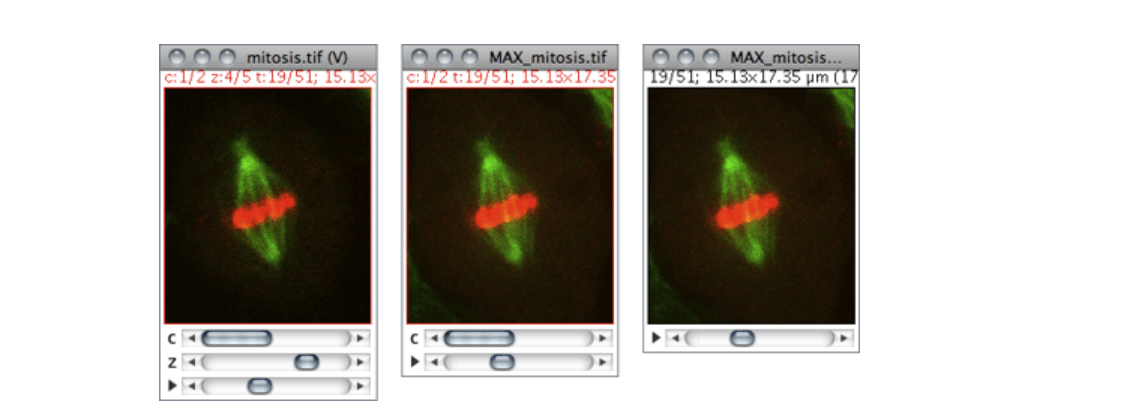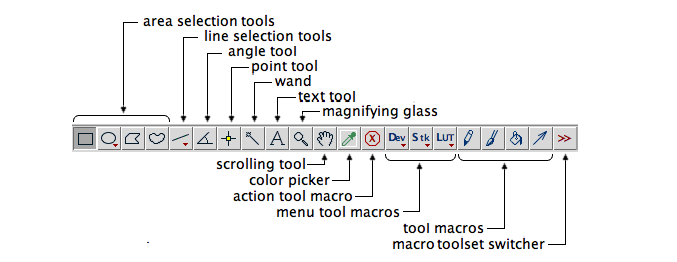We see these words often in written works—the italicized abbreviations that no one seems to be able to define. They are commonly used in scientific papers. We should ensure that we are consistent in the use and format. Moreover, for Latin or any foreign phrases should we use italics, boldface, or regular font? The following will help.
Different Styles
First, let’s discuss different style guides. It wasn’t long ago that we had to italicize every word that was not written in English. Unfortunately, Latin terms are used so often in scientific papers that they become cumbersome. Some style guides have since adopted a “no italics” style for many common terms.
ab initio, meaning “from the beginning.”
This is most often used in law.
Example: “The agreement was declared void ab initio.”
et al., meaning “and others.”
Note the period after “al.” In any writings, especially when using citations and references, “et al.” is commonly used.
Example: Rogers et al. (2016) provide more evidence on the hypothesis.
in situ, meaning “in its original place.”
In biology, this often describes a plant or animal in its native habitat.
Example: The wolf was photographed in situ.
in vitro, meaning “taking place outside an organism.”
in vivo, meaning “taking place inside a living organism.”
Both in vitro and in vivo are most often used in scientific writing.
Example: The cancer cells were grown in vitro in a controlled environment.
The Chicago Manual of Style (CMOS) and the American Psychological Association suggest that common abbreviations need not be italicized. For example:
“etc.” is short for “et cetera,” and means “and so forth” or “and others.”
“e.g.” is short for exempli gratia and means “for example.”
“i.e.” is short for id est and means “in other words.”
Many authors confuse “e.g.” and “i.e.” Be sure that you know the difference. An easy way to remember them is that “e.g.” begins with “e” and so does “example;” “i.e.” begins with “I” and so does “in.” ( hyperlink for EA article)
Example: The family pet (i.e., the dog) ran around the house and chewed up everything left on the floor (e.g., shoes and toys).
“n.b.” is short for nota bene and means “note well.”
Except for use in legal papers, the term has been replaced by just the word “note.”
Example: “Note the following information to help you decide.”
“ca.” or “c.” is an abbreviation for “circa,” which translated means “around.”
These are used with dates to indicate approximation.
Example: Although not certain, the bones might date back to ca. 2000 BC.
“vs” or “v” is an abbreviation of the Latin “versus,” which means anti, opposed to, or against.
It is most often used in legal references but is also often used in scientific writing to compare results or statistical information.
Example: In the case Doyle vs. Hoppe, the witnesses did not show up.
“sic” is short for sic erat scriptum and is placed in brackets after quoted text to inform the reader that the text was quoted exactly as it was written.
It is often also used to denote misspellings.
“c.v.” is short for curriculum vitae, meaning “course of life.” This term has replaced the term “resume.” You will at some point be asked for your “c.v.” when applying for jobs or funding.
There are several abbreviations used specifically in references as follows:
“Ibid” and “Id.” are used to save space by not repeating the citation.
They indicate that the subsequent reference(s) is from the same source. Ibid. is the abbreviation of ibidem and means “in the same place;” id. is the abbreviation idem, which means “the same person.”
Example:
- Doyle, 115–120.
- Ibid.
- Ibid. or Id., 250. (Note a new page. Id. can also be used.)
“cf.” is short for “confero,” which means “to compare.”
It indicates a reference that is in disagreement with the author’s statements.
Example: Anderson 2008; cf. on populations Kramer 2016.
“Passim” is not an abbreviation but is Latin for “here and there.”
It indicates that a reference is found in several places in the cited text. CMOS recommends avoiding this term if possible. If not, include a date range.
Example: Anderson 2008, 200–300 passim. (Note: no italics.)
Latin Names
Scientific writing is somewhat unique because it often mentions species names. This is especially true in biology, ecology, and medicine. Although many style guides state that Latin or other foreign terms need not be italicized after their first mention, species names are the exception.
The system of “binomial nomenclature” was developed to identify a species using two names, genus and its epithet. In your writing, the genus should always be initial capped and italicized. The epithet, referred to as the “species,” is not initial capped but is also always italicized.
For example, humans are Homo sapiens. Homo is the genus and sapiens is the species. There are always several species within a genus. There are often several subspecies within a species. The general rule is to italicize each of these.
For example, the genus Canis encompasses the wolf, dog, jackal, and coyote. Each has its own species name. Canis lupus refers to the gray wolf but there are 38 subspecies of Canis lupus. In this case, you would italicize the full species names. For example, Canis lupus familiaris refers to the domesticated dog.
This protocol is always the rule. After the first mention of a species name, the genus can be abbreviated to just the first letter but must still be italicized (e.g., C. lupus).
You are ready to write and submit your paper to a prestigious journal in your field of study. The author guidelines do not mention the protocol for Latin and other foreign words and phrases. How do you find out what you should do?












 Overlays are used to annotate images and mix image ROIs at different opacity levels, allowing to create and work on images non-destructively
Overlays are used to annotate images and mix image ROIs at different opacity levels, allowing to create and work on images non-destructively
 The toolbar consists of tools for making selections, drawings, zooming, scrolling, and more
The toolbar consists of tools for making selections, drawings, zooming, scrolling, and more